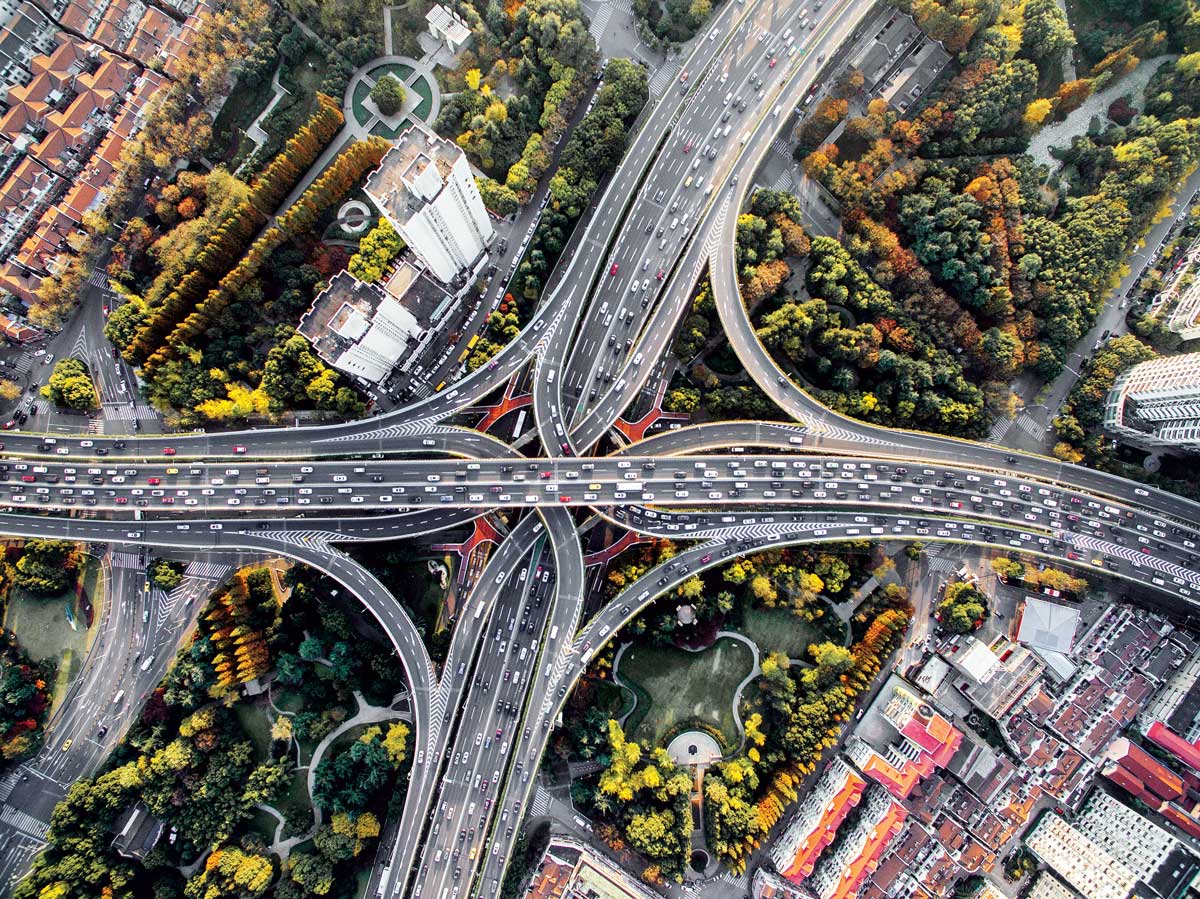

India has become the fifth largest economy in the world; however, its per capita income in purchasing power parity terms is still half of the world’s average, demonstrating the extent and need for a financial catch-up. Infrastructure spending is necessary for boosting the Indian economy, given its 2.5-3x multiplier effect on GDP, thereby increasing employment and income generation opportunities and further increasing domestic demand.
The capex expenditure has more than doubled since FY15. Realising the infrastructure-backed growth, the government announced the National Infrastructure Plan and the National Monetization Plan. The Gati Shakti plan, announced in October 2021, complements the same which through an integrated national platform would bring together under one umbrella various official departments such as roads and highways, railways, ports, and coal and enable coordination for project planning, development and execution. Each of these ministries will have access to the updates of existing as well as proposed projects enabling harmonised development.
Gati Shakti would help identify infrastructural gaps in various projects spanning over various ministries and enable fast track resolution. It will break silos across various government functionaries and enable holistic and synchronised planning and execution of projects. Thorough planning and coordinated execution will enable optimisation and thereby reduce time and cost overruns, leading to fast tracking of infrastructure projects.
Earlier, infrastructure projects were planned by respective state/central agencies and their departments while many times needing approvals from other ministries and departments. Project delays on account of delays in approvals from various departments has been more of a norm than an exception. Lack of a coordinated approach by various ministries and departments, which work for their own targets and goals, led to duplicity of work.
The plan integrates marque government schemes such as Bharatmala, Sagarmala, UDAN, inland waterways, and covers the economic zones to make Indian businesses more competitive. The goal is to bring together all key stakeholders including government departments and employ modern technologies by using a geographic information system GIS-enabled digital platform. It would also allow tracking and aligning of their projects with ongoing inter-related projects implemented by other agencies.
The EGoS will monitor and approve any changes in the plan; the NPG will examine and sanction existing and future projects in accordance to the plan while ensuring integration, reducing cost, avoiding duplication and enhancing optimisation. NPG would be responsible for coordination between various ministries/departments and facilitate regular interactions with stakeholders.
By: Vishal Kotecha, Director & Head - Infrastructure and Project Finance, Fitch Group